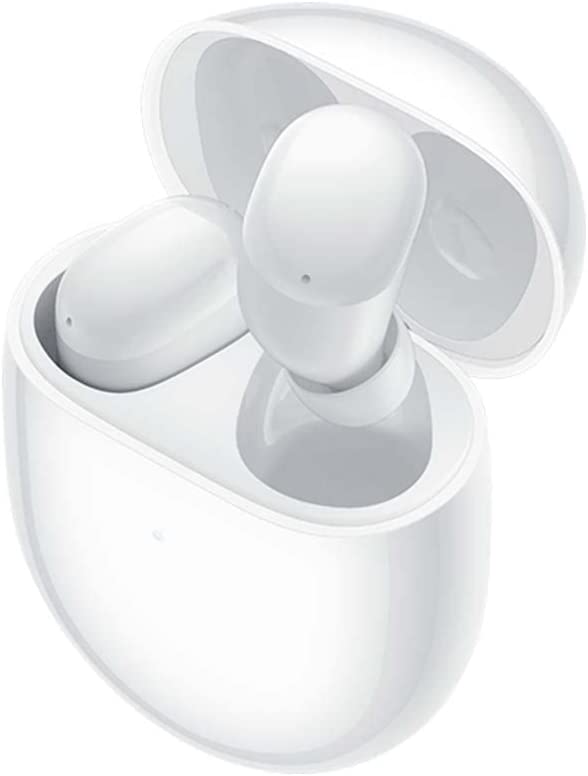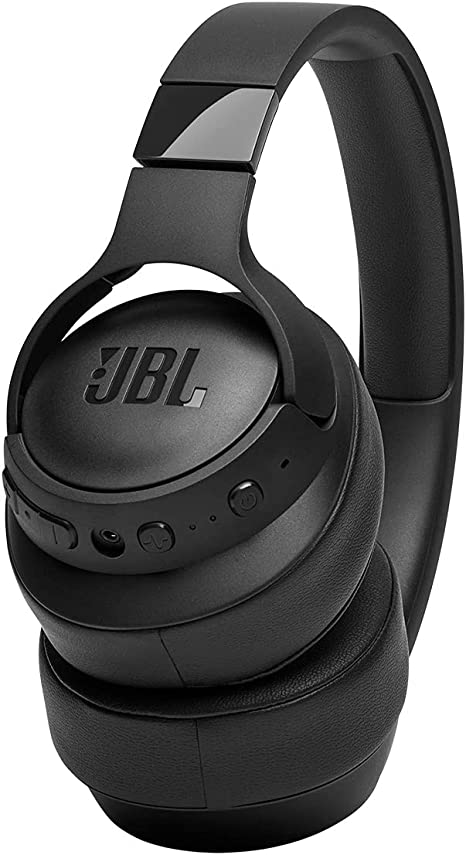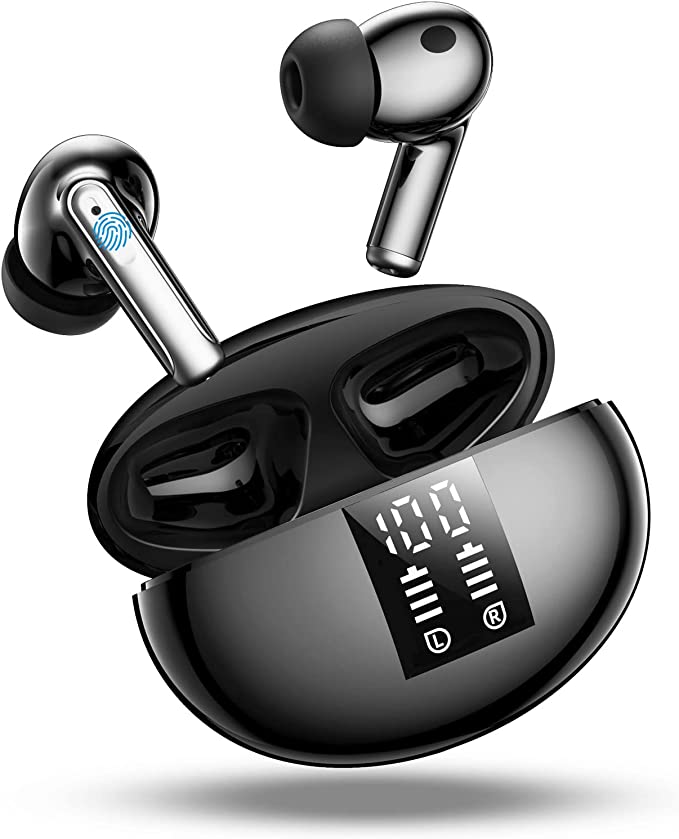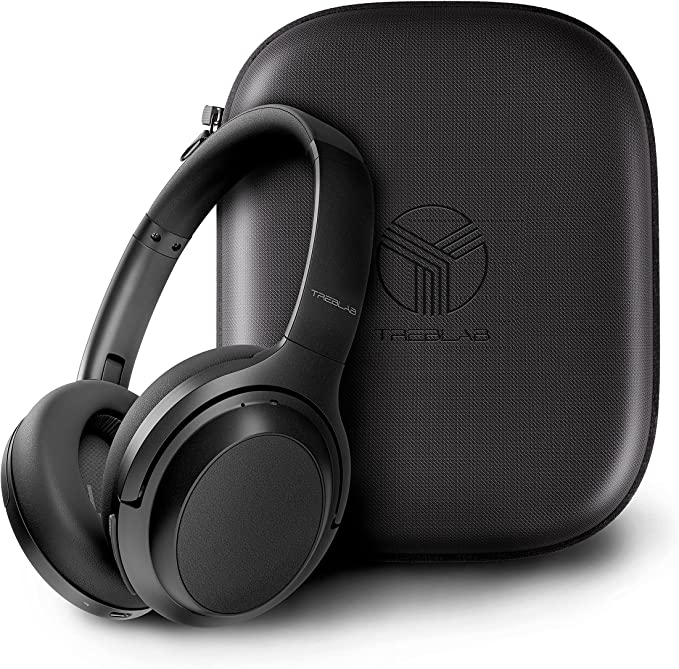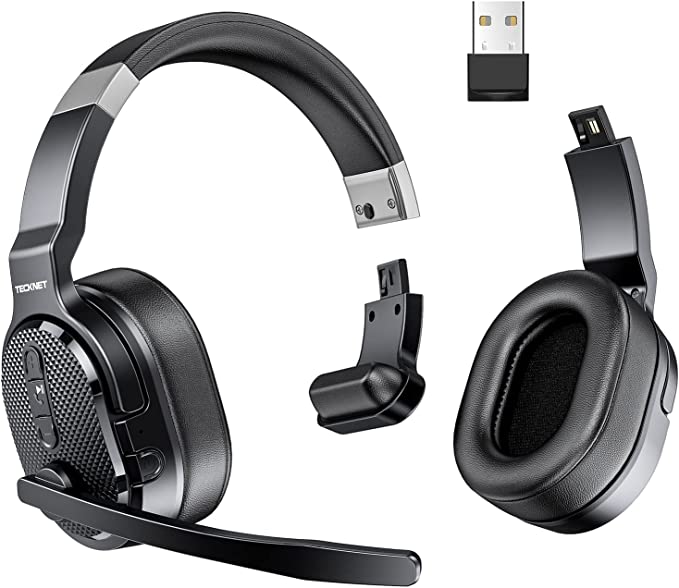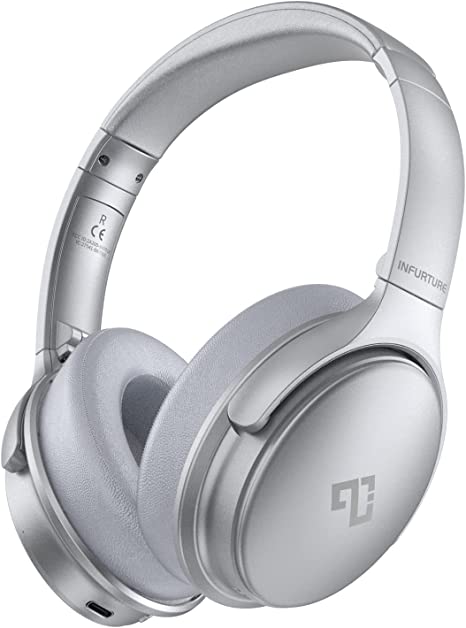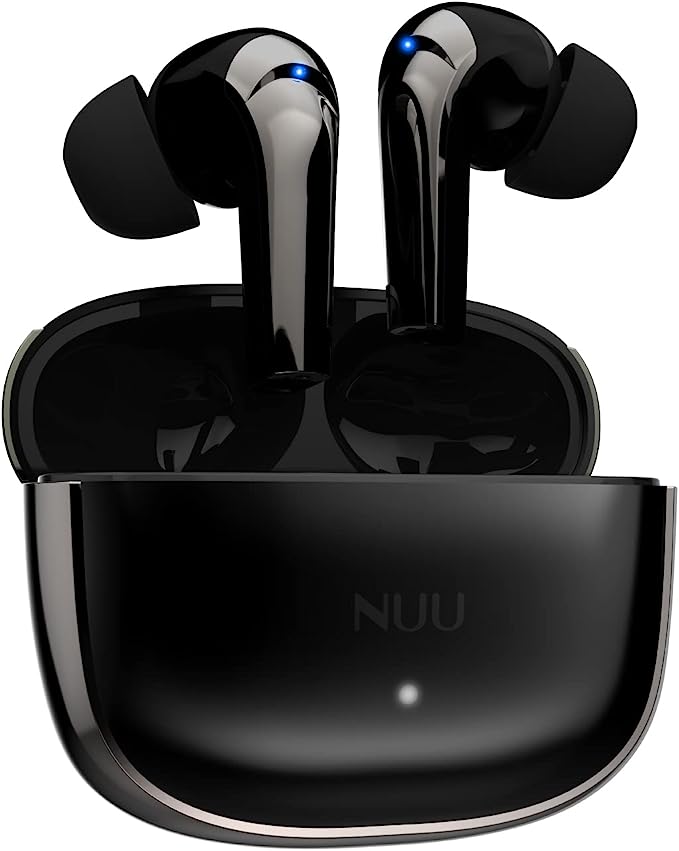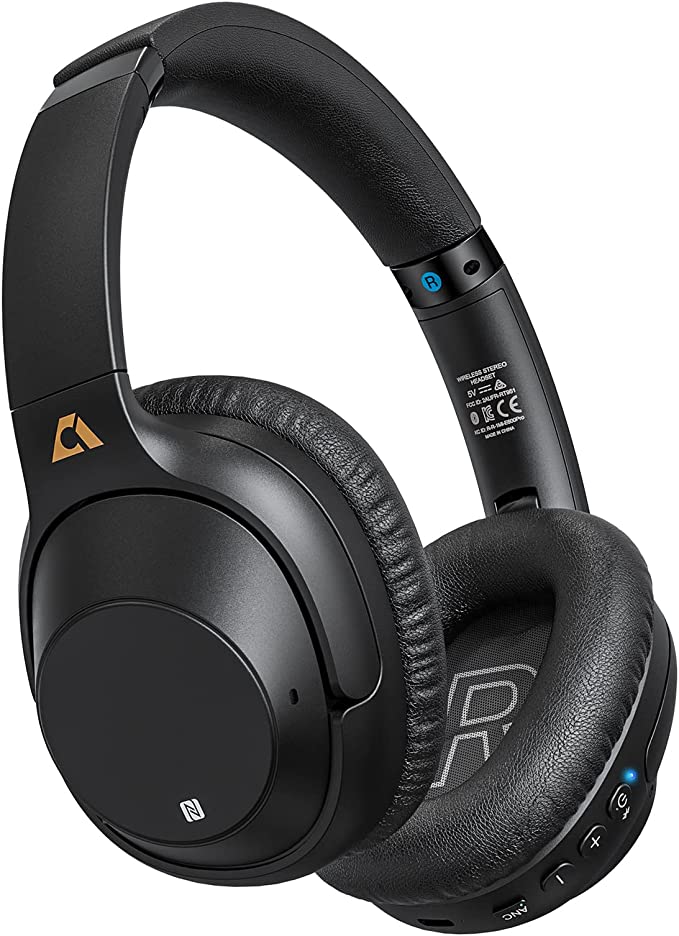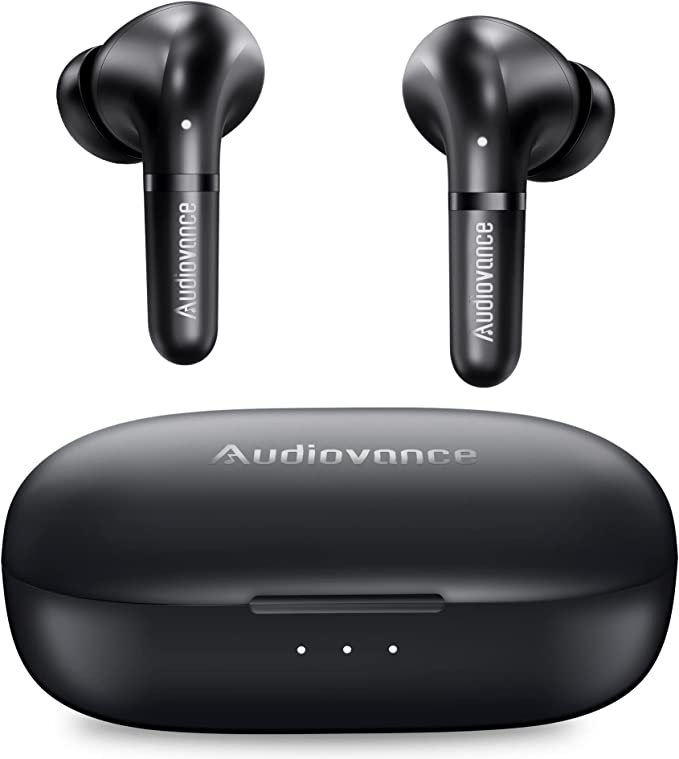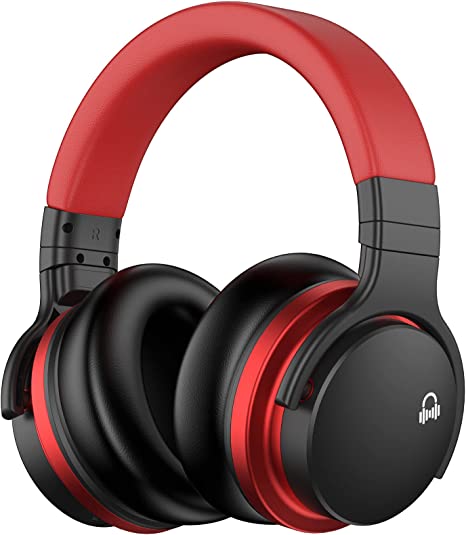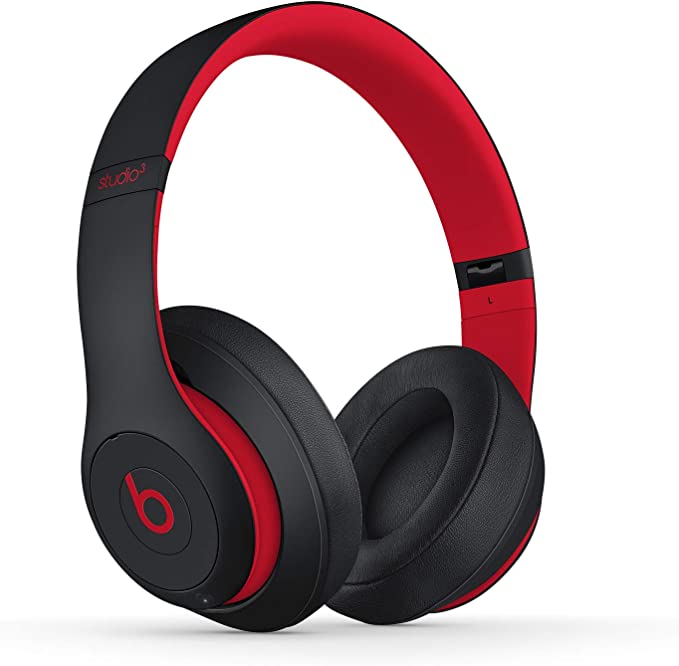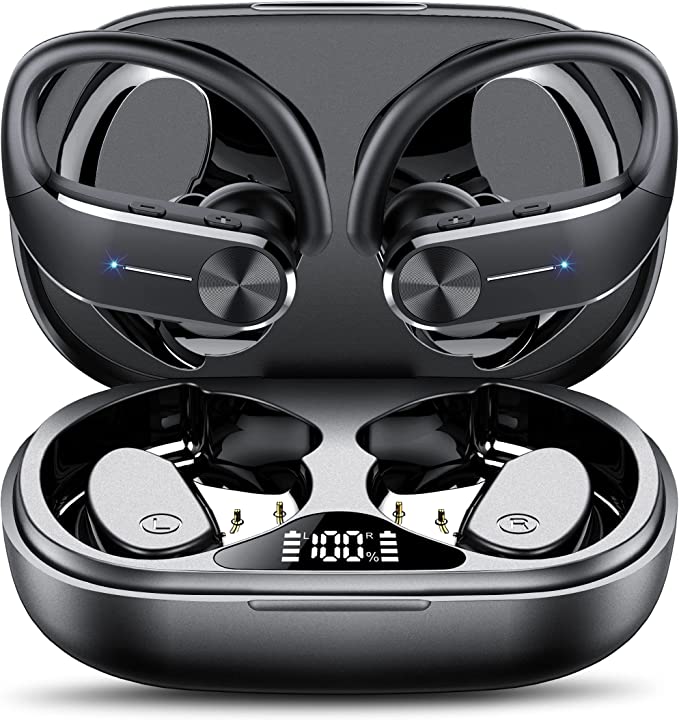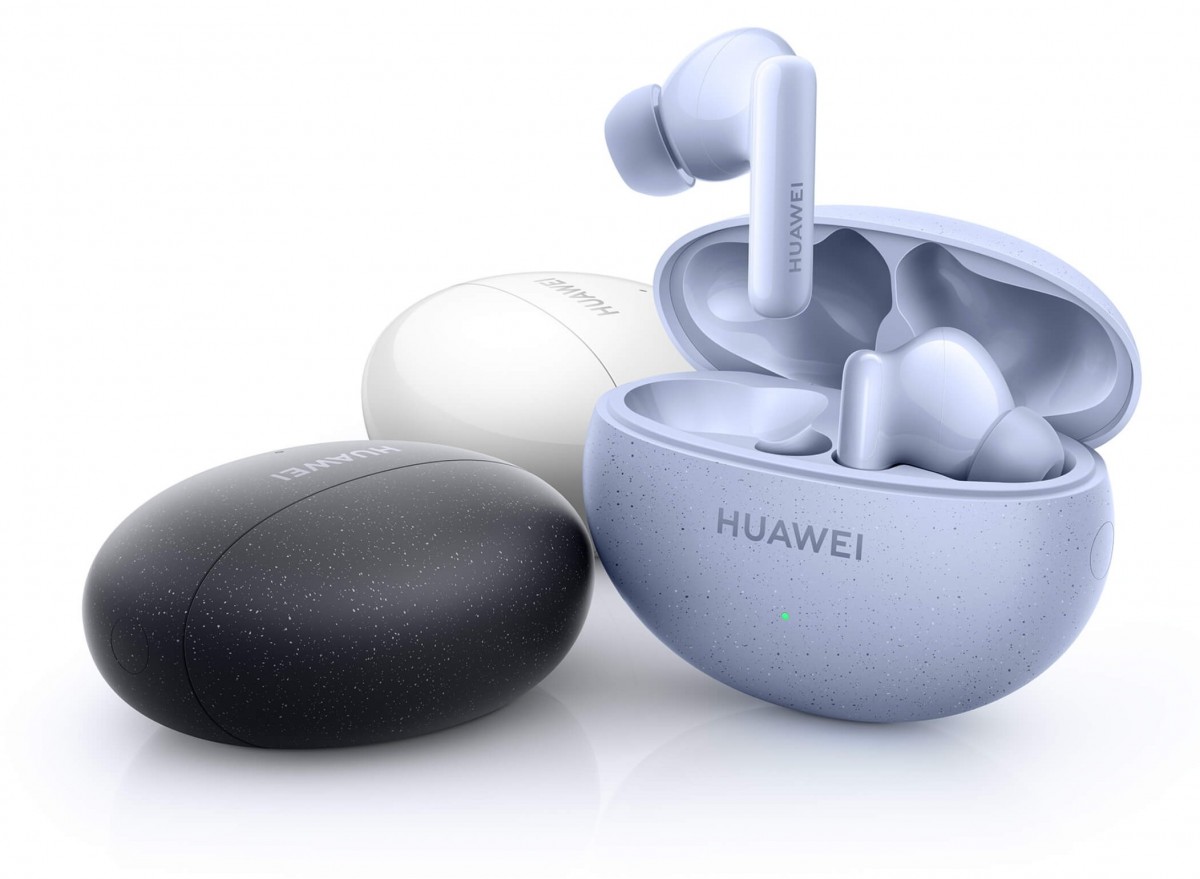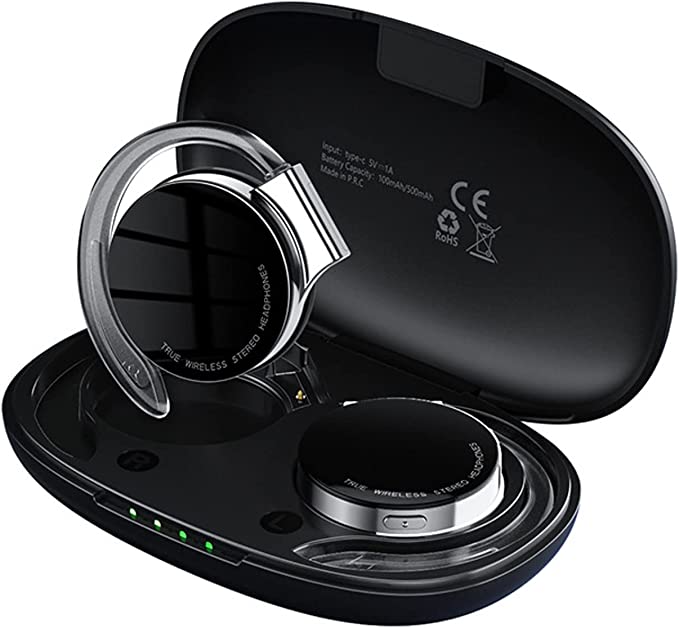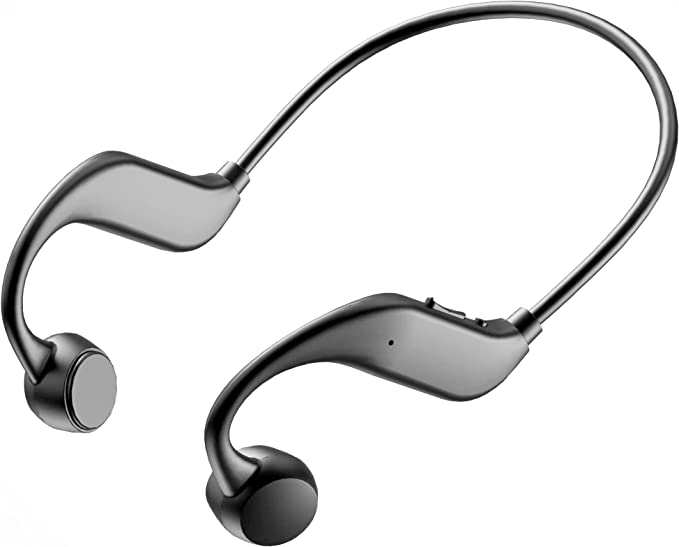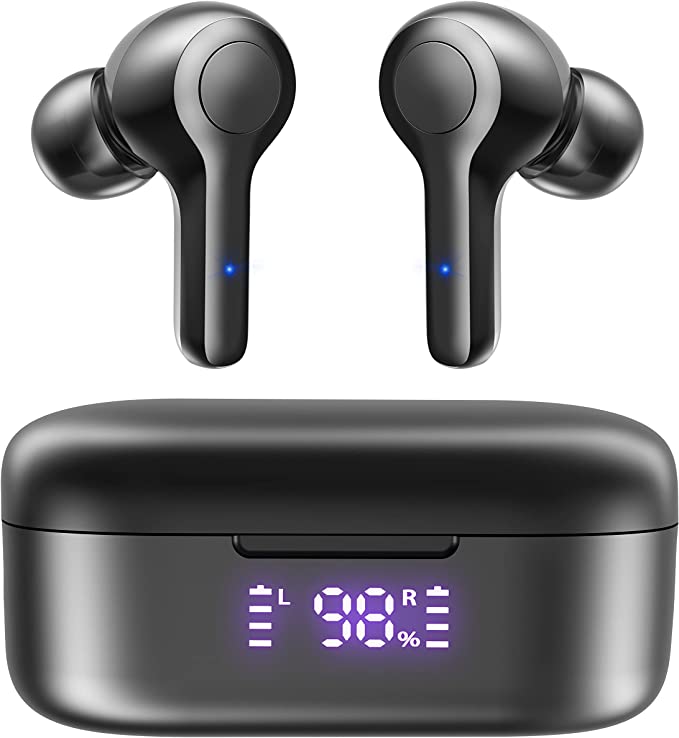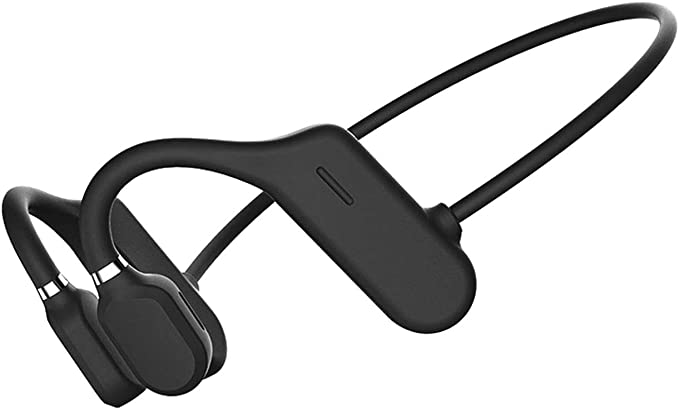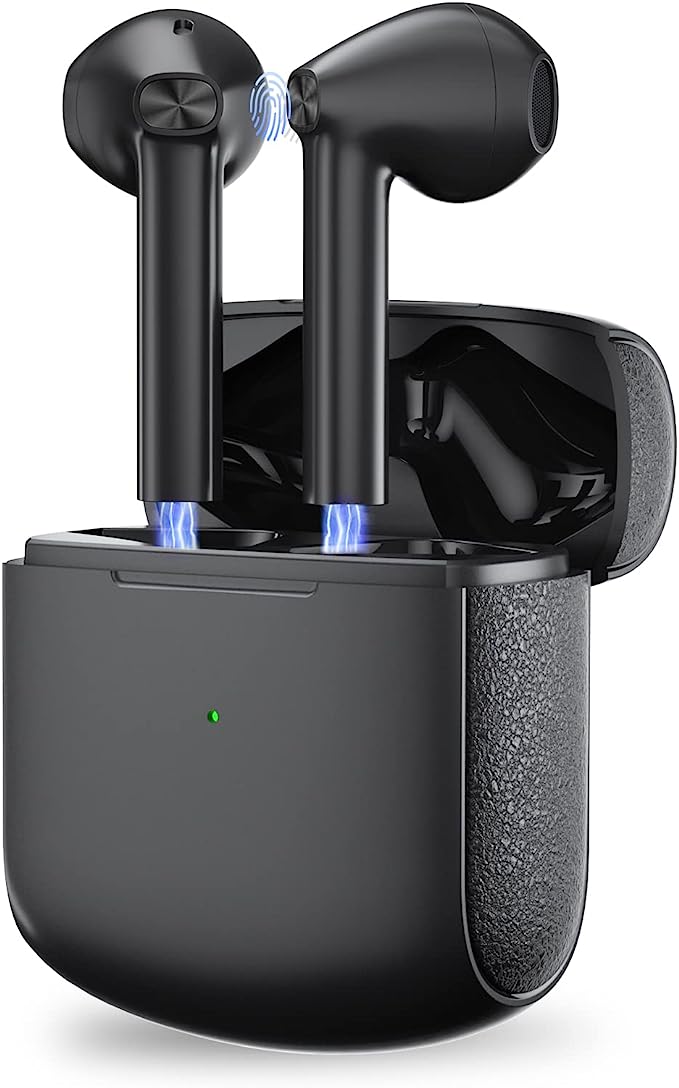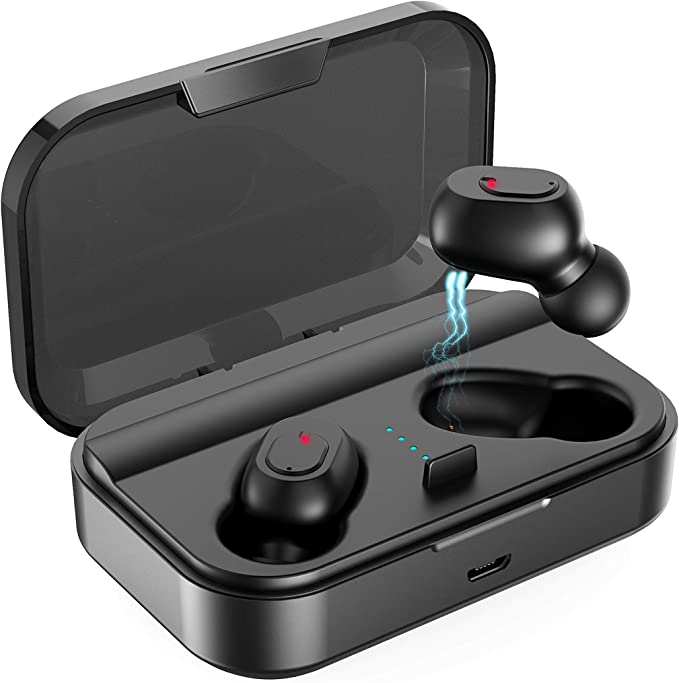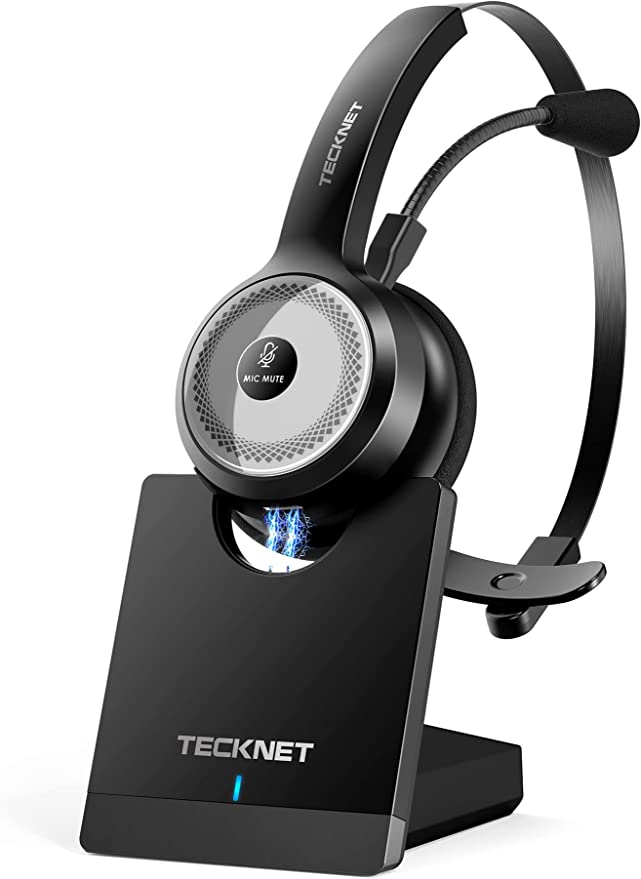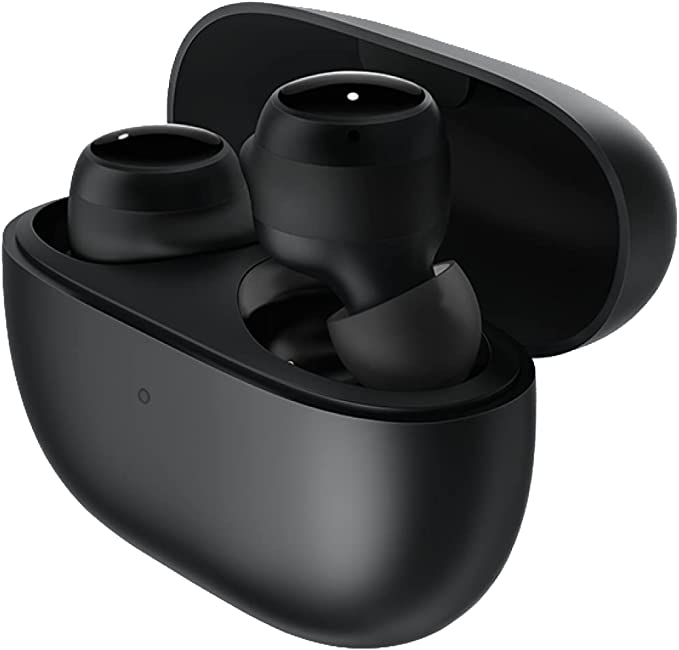Anker Soundcore Space Q45 Noise Cancelling Headphones - Top-Notch Noise Cancelling Headphones That Won't Break The Bank
Update on June 30, 2025, 5:23 a.m.
The modern world is a symphony of noise, an unrelenting barrage of engine drones, office chatter, and urban clamor. In this cacophony, the desire for a pocket of personal quiet feels like a distinctly modern need. Yet, the dream of actively erasing sound is surprisingly old. It began in 1936, when a German physicist named Paul Lueg filed a patent for a radical, almost paradoxical idea: to fight noise with more noise. For decades, this concept remained a laboratory curiosity. Today, it’s not only a reality nestled over our ears, but it has been refined into a sophisticated art form.
The Anker Soundcore Space Q45 is a compelling modern chapter in this near-century-long quest. To truly understand it, we must look past the spec sheet and see it as its engineers do: a device that first sculpts silence from the chaos, and then paints that silence with rich, detailed sound. It’s an intricate dance of physics, material science, and digital code, orchestrated to create a private sanctuary on demand.

Carving the Canvas: The Physics of Adaptive Silence
At its heart, Active Noise Cancellation (ANC) operates on a principle of elegant simplicity known as destructive interference. Imagine dropping a pebble into a still pond, creating concentric ripples. Now, imagine you could create a second set of “anti-ripples,” where every crest matches the other’s trough. When they meet, the water becomes flat again. ANC does precisely this with sound waves. Microphones on the outside of the earcups act as sentinels, capturing incoming noise. A processor inside instantly generates an inverse sound wave—an “anti-noise”—which is broadcast by the headphone’s speakers. The two waves meet at your eardrum and, in a feat of acoustic magic, cancel each other out.
But the Space Q45 doesn’t just use a single, brute-force method. It employs an adaptive system, which is the difference between using a sledgehammer and a sculptor’s full chisel set. The world isn’t filled with one type of noise. The low, monotonous drone of an airplane engine is fundamentally different from the shifting, mid-frequency clatter of a busy café. The Q45’s processor acts as a “sonic detective,” constantly analyzing the noise profile of your environment. It then intelligently selects the most effective cancellation algorithm from its arsenal—a powerful low-frequency filter for the flight, a more agile, broader one for the coffee shop. This targeted approach is how it achieves its impressive noise reduction, by being smart, not just loud. The result is a pristine, silent canvas, meticulously prepared for the main event.

Mixing the Palette: The Material Alchemy of the Drivers
A silent canvas is peaceful, but it’s the art that gives it meaning. In headphones, that art is created by the drivers—the miniature speakers that turn electrical signals into sound. The ultimate challenge in driver design is a material science paradox: you need a material that is incredibly stiff, yet also perfectly controlled in its movement. Stiffness allows the driver to push air and create powerful bass without deforming (which causes muddy distortion). At the same time, you need excellent damping—the ability to stop vibrating instantly—to prevent sound from “ringing” and smearing, ensuring clarity.
A single material rarely excels at both. The Q45’s solution is a clever composite: a double-layer diaphragm of ceramic and silk. * The Ceramic Layer: Think of this as the driver’s skeleton. Ceramic is exceptionally rigid and lightweight. This high stiffness-to-mass ratio allows it to reproduce low frequencies with immense power and precision. The bass you feel is clean and impactful because the ceramic layer is strong enough to move air without buckling. * The Silk Layer: This is the driver’s muscle and connective tissue. Silk, a natural fiber, has fantastic internal damping properties. When the signal stops, the silk helps the diaphragm cease moving almost instantly, absorbing excess vibrational energy. This is crucial for clean, articulate mid-range frequencies and crisp, sparkling highs that never sound harsh or sibilant.
By bonding these two materials, engineers create a single, unified driver that leverages the best of both worlds. It possesses the raw power of ceramic for the lows and the controlled finesse of silk for the mids and highs. This is how the rich, balanced sonic palette is mixed, ready for the artist’s final touch.

The Master’s Brushstroke: High-Resolution Audio as Digital Precision
You have your silent canvas and your perfectly mixed colors. The final element is the brushstroke—the ability to apply that color with nuance and detail. In the wireless world, this is the job of the Bluetooth codec. Standard Bluetooth, using the default SBC codec, is a blunt instrument. To transmit audio, it heavily compresses the data, losing vast amounts of information in the process. It’s the sonic equivalent of trying to paint a photorealistic portrait with a thick, clumsy brush.
This is where the support for LDAC becomes critical. Developed by Sony, LDAC is a high-efficiency codec that functions like a master artist’s finest sable brush. At its maximum data rate of 990 kilobits per second (kbps), it transmits approximately three times more information than standard Bluetooth audio. This firehose of data allows for far less compression, preserving the subtle textures, spatial cues, and dynamic range of the original recording. This high-fidelity transmission is what earns the Q45 the Hi-Res Audio Wireless seal from the Japan Audio Society. It’s the difference between seeing a pixelated digital image and a stunning, high-resolution photograph; one is a mere representation, the other feels like you’re there.

Framing the Masterpiece: The Art of the Possible
Of course, a masterpiece is more than just its canvas and paint; it’s the sum of all its parts, presented in a worthy frame. Here, the engineering philosophy of the Q45 comes into full view. The marathon 50-hour battery life with ANC active isn’t just the result of a large battery, but a symphony of efficiency from the processor and the low-energy protocols of Bluetooth 5.3. The comfortable, non-fatiguing fit is the product of careful ergonomic studies into clamping force and weight distribution.
This is also where we see the art of intelligent engineering compromise. Building the “perfect” headphone with zero compromises would result in an astronomically expensive device. The brilliance of the Space Q45 lies in its laser-focus. It invests its budget heavily in the three pillars that fundamentally define the modern wireless listening experience: the quality of the silence (Adaptive ANC), the quality of the sound (the dual-layer drivers), and the quality of the connection (LDAC and Bluetooth 5.3). By excelling in these core areas while ensuring all other aspects are solid and reliable, it delivers an experience that punches far above its weight class.

Ultimately, the story of the Soundcore Space Q45 is the story of an idea that has come of age. It’s the culmination of a century-old dream, brought to life not by magic, but by the meticulous orchestration of physics, the innovative application of materials, and the elegant logic of code. Its greatest achievement may not be any single technical specification, but its role in the ongoing democratization of a profound modern luxury: the right to command your own serene, high-fidelity soundscape, anywhere you choose to go.


